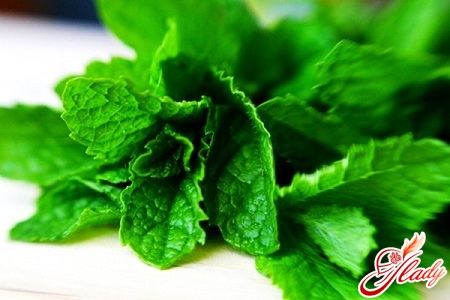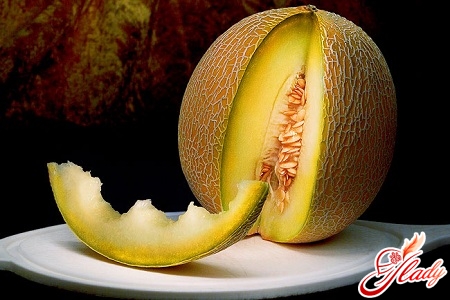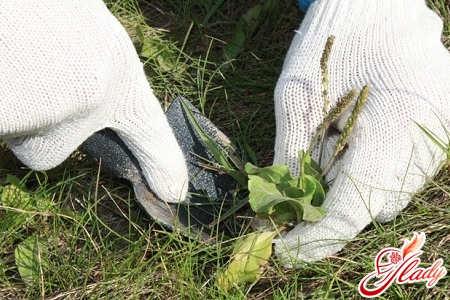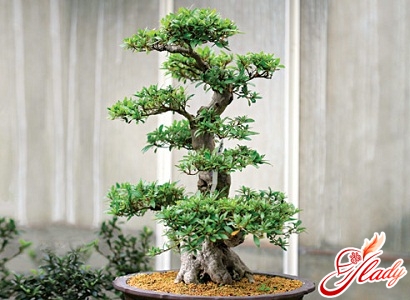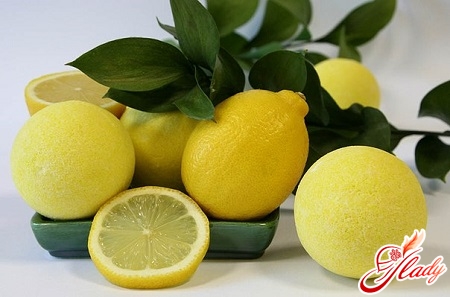 Many growers are fond of growingcitrus at home or in greenhouses. A great popularity and special location among the lovers of the flora was a home-made lemon. The place of origin of the lemon tree is Asia, to Europe it was brought by the Arabs. In those days, people called the fruits of a lemon very poetic - "golden apple". In Russia, the lemon came only in the XIX century, but the beauty of the lemon tree and the exotic for that time gustatory qualities of the fruit were quickly appreciated by the florists and gourmets. Since then, the lemon tree is a particularly revered representative of citrus fruits. If you have a lemon at home, but its leaves turn yellow, the ovary and buds wither and fall off, the tree does not bear the long-awaited fruit - then you need to think that not so you do. Unequivocally, that care for him is wrong, and the mistress urgently needs to find an error and try to fix it. In this we will try to help you. After all, such a gentle tropical plant requires a special, but not very burdensome for its mistress, in unusual for him domestic conditions. Having made efforts once and having mastered all subtleties of care of a lemon tree, further from this process you will receive only pleasure, and your work will be rewarded with fine tropical fruits. There are no specific recommendations for growing and caring for a lemon at home. After all, every house or apartment has its own microclimate, to which the plant adapts. And your task is to help in this lemon, in order to get a healthy, fruit-bearing tree. But at the same time, there are certain rules that need to be met while looking after a room lemon.
Many growers are fond of growingcitrus at home or in greenhouses. A great popularity and special location among the lovers of the flora was a home-made lemon. The place of origin of the lemon tree is Asia, to Europe it was brought by the Arabs. In those days, people called the fruits of a lemon very poetic - "golden apple". In Russia, the lemon came only in the XIX century, but the beauty of the lemon tree and the exotic for that time gustatory qualities of the fruit were quickly appreciated by the florists and gourmets. Since then, the lemon tree is a particularly revered representative of citrus fruits. If you have a lemon at home, but its leaves turn yellow, the ovary and buds wither and fall off, the tree does not bear the long-awaited fruit - then you need to think that not so you do. Unequivocally, that care for him is wrong, and the mistress urgently needs to find an error and try to fix it. In this we will try to help you. After all, such a gentle tropical plant requires a special, but not very burdensome for its mistress, in unusual for him domestic conditions. Having made efforts once and having mastered all subtleties of care of a lemon tree, further from this process you will receive only pleasure, and your work will be rewarded with fine tropical fruits. There are no specific recommendations for growing and caring for a lemon at home. After all, every house or apartment has its own microclimate, to which the plant adapts. And your task is to help in this lemon, in order to get a healthy, fruit-bearing tree. But at the same time, there are certain rules that need to be met while looking after a room lemon. 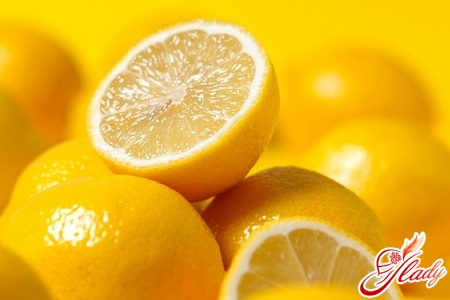
Conditions that affect the health of the lemon tree
So, let's find out what care the lemon tree needs at home. Temperature conditions
- For indoor lemon the most important period of the year -it is spring. Like most plants, in the spring the lemon begins to show its activity in growth and enters the budding phase. For the best development of buds and ovaries on a lemon tree, the optimum air temperature is +14 - 18 degrees. If the air temperature is higher, then this situation oppresses the plant, and the ovaries and buds begin to crumble.
- When on the street the temperature becomes stableabove +12 degrees, you can put the plant on a balcony or garden. But we must remember that citrus fruits, including lemon, suffer severe temperature changes. Therefore, in order to protect the lemon tree from stressful situations, it is better to cover it with sacking or cardboard at night. At the same time, placing a plant on the street, first choose the shadow side, and then gradually accustom the lemon tree to the sun's rays.
- In the autumn, you should not leave lemon on the street untilstrong frosts. Once in a room environment too late, the lemon tree can bloom again, thereby violating its vegetative regime. It is recommended to bring a pot of lemon into the room when the temperature of the air on the street drops to +12 degrees.
But here you have to be careful: accustomed to open air, the plant initially suffers heavily from room temperature. Therefore within a week it is necessary in the afternoon to take a lemon tree on street, and for the night to bring it back to the house. If the temperature regime is respected, the lemon tree tolerates wintering well, retains its appearance in the right shape and yields a good harvest. Location Citrus lemon tree is especially sensitive to lighting, so it is undesirable to constantly change the lemon. At a lemon at change of a site such strangeness is observed: it needs time to get used to new conditions of dwelling and to a new corner of illumination. At the time of habituation, it ceases to grow and develop, which adversely affects the organism of the plant as a whole. When choosing the location of the plant, one must take into account such a factor as the poor tolerance of the smell of gas, smoke and various petroleum products. Watering Lemon refers to moisture-loving plants. In spring and summer, the lemon tree needs regular and abundant, but not excessive watering. In winter, the plant should be watered as the upper layer of the soil dries up. When the substrate dries up in the pot, the leaves on the lemon tree begin to turn yellow and gradually crumble. Overmoistening of the soil is also detrimental to the lemon. If excess water is collected in the soil, the consequences will be terrible: the roots of the plant will begin to rot, and sooner or later the moment of death of the lemon tree will inevitably come. Sprinkle the lemon with rain or melt water. But if this is not possible, then before watering it should be allowed to stand water. In this case, there are some features of watering the lemon tree. In spring the plant should be watered in the early morning. In the summer and autumn it is recommended to water in the evenings. In summer, in order to maintain optimal moistening conditions and to avoid excessive evaporation, the soil in the pot must be covered with rotted leaves or suitable for this purpose any other plant material. Humidity of air Despite the fact that lemon is a thermophilic tropical plant, it hardly tolerates over-dried air with a high temperature. Especially it is dangerous in the winter when the heat in the heated room increases dryness. To facilitate the state of the lemon tree, it is best to put a pot on it with a pebble or a moist claydite and do not forget to spray the plant with water two or three times a day. Fertilizer Caring for a lemon at home necessarily includes the optimum soil content in which the plant lives. The timing of the application of fertilizers and their number directly depend on the season, the size of the pot or tub and the general condition of the plant. The alternation of fertilizers ready and prepared independently successfully combine and help the owner achieve excellent results. From March to October, there comes a period of active growth of lemon tree, and it needs fertilizing with liquid fertilizers up to three times a month. In the winter, if you keep a pot of lemon in a cold room, you should not feed it at all. If the room gets a little warm, then the lemon will be enough to receive fertilizer once a month. It is recommended to apply top-dressing in moderate doses, because lemons are often very poorly tolerated by an overabundance of fertilizers. Very well react room lemons on fertilizers of organic origin. You can safely use humus, chicken and pigeon droppings, as well as slurry. But we must remember that organic fertilizers are introduced into the soil only in the summer, when a pot of lemon is located on the street. It is also useful to water the lemon with water with blood, which can be collected while washing fresh meat. Experienced growers can in the appearance of the lemon determine the nutrients the plant needs:
Forming the crown and pruning Taking care of the lemonwood at home, you can not miss the timing of pruning and giving it the right shape. This is necessary for better growth and better fruiting. If you leave the lemon growing freely, it will grow without side branches and take the form of a "single stem" or form of a thickened bush. For proportional growth of the crown, the lemon tree can be turned gently, thus changing its illumination. By following the proper care, you will achieve that the lemon tree will annually give you its exotic fruits. We hope that our tips will be useful to you, and you can use them to give maximum attention to your exotic pet.




